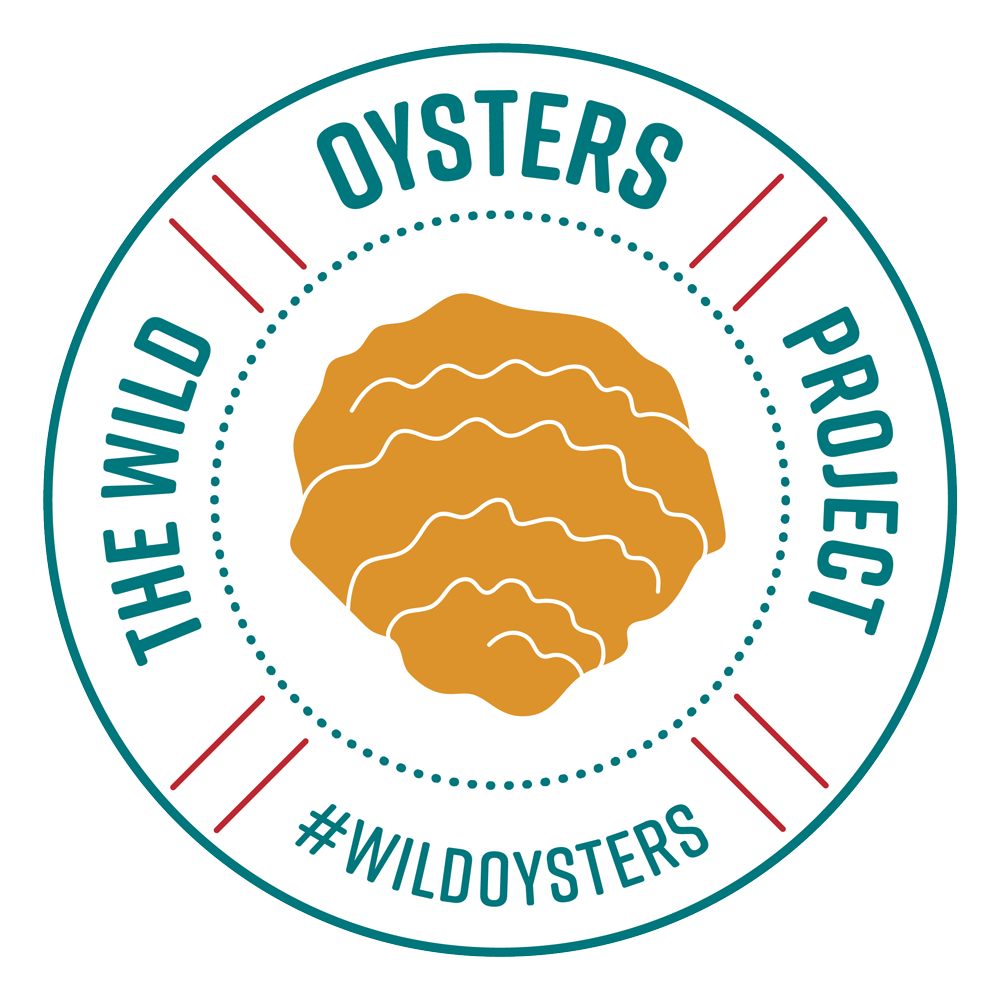A handbook to assist conservationists and the marine industry restore native oysters in marinas released.
Researchers and conservationists have today published an oyster restoration ‘how-to’ guide. The handbook has been developed following the successful results of the Solent Oyster Restoration Project on England’s south coast, where billions of oyster larvae have been successfully released into surrounding waters over the last five years. It’s hoped the guide will help communities, NGOs, regulators and the marine industry use the same innovative ‘oyster nursery system’ to restore oyster populations around the UK and abroad.
Globally an estimated 85 per cent of oysters have been lost, making them one of the world’s most imperilled marine habitats. The native oyster or European flat oyster is almost extinct in many areas around Europe having declined by over 90 per cent since the 1800s due to human impacts such as overfishing, habitat destruction and pollution. Where the decline of oysters has been severe, populations are not large enough to breed successfully and recover.
The Solent, once Europe’s largest self-sustaining native oyster fishery, was closed in 2013 after decades of decline. To tackle this issue Blue Marine Foundation (BLUE), the University of Portsmouth and MDL Marinas formed a partnership to restore oyster nurseries to the area. The innovative cage-like nurseries, designed to hold oysters in close proximity and suspended above the seabed from marina pontoons, create the optimal conditions for oysters to reproduce and can release millions of larvae into the surrounding waters where they settle and grow on the seabed. Suspended above the seabed, they also have more available food and are kept away from predators and potential smothering by sediment.
The benefits of oyster restoration are far-reaching. Known as ‘ecosystem engineers’, oysters provide the foundation for entire ecosystems – filtering water and providing vital food and habitat for coastal wildlife. Indeed, researchers in the Solent discovered over 130 species living among the oyster nurseries including critically endangered European eels.
Dr Luke Helmer, Restoration Science Officer, BLUE, said: “We are delighted to be launching this handbook today. Our research in the Solent demonstrates oyster nurseries are an effective tool for restoring native oyster populations and creating habitats for other marine life. Used alongside large-scale seabed restoration theses ‘larval pumps’ can provide the initial recruitment needed to kick-start a project.”.
The handbook has been designed to enable others to conduct similar projects elsewhere and provides practical support and instructions for setting up oyster restoration in marina environments. This includes guidance on how to assess suitability of marinas and other infrastructure and a monthly monitoring checklist.
The network has recently been extended to six new sites across England, Wales and Scotland through the Wild Oysters Project – a collaboration between BLUE, ZSL (Zoological Society of London) and British Marine. This ambitious three-year project has been awarded £1.18 m by the Postcode Dream Trust and will apply lessons learned in the Solent to other areas in need of native oyster restoration, with the aim of helping to restore healthy, resilient coastal waters around the UK.
The funding has been raised by players of People’s Postcode Lottery and awarded as part of the Dream Fund, run by Postcode Dream Trust, which gives organisations the opportunity to bring ambitious, innovative and collaborative projects to life. Pontoons allow for extensive education and outreach including citizen science leading to a greater understanding of the need to protect and restore the ocean within local communities.
ZSL Lead for Wetland Conservation, Alison Debney said: “This “how to” guide is putting science into practise, providing accessible and practical restoration information, which we hope will inspire local community groups to set up their own oyster nurseries in marinas. This guide will provide a boost of further oyster restoration efforts around the UK, which in turn will help us to restore Britain’s seas to health.”
The collaborative model has proven the opportunities for conservationists and marine industries to work together to restore nature.
British Marine’s … said: “the handbook is another key resource for the recreational marine industry to be actively engaged in marine restoration. The success of the current project has raised awareness of the ability a marina or harbour has to be part of what is a growing engagement with the environment at a local and national level”
It is hoped the handbook will support and inspire other communities, NGO’s, regulators and the marine industry to establish their own oyster nurseries and expand the network across the UK.
Press release: Thursday 16 September 2021
Media Contact: Charlotte Raynsford, charlotte.raynsford@zsl.org
Five reasons to restore oysters:
- Oysters can improve water quality by filtering large volumes of water and removing some pollutants (a single native oyster can filter up to 200 litres of water a day).
- Oyster reefs provide a habitat and rich food source for marine life and can increase the productivity of the ecosystem.
- The restoration of oyster habitats could help to boost some fish populations and improve catches for both recreational and commercial fishermen over the long-term.
- Oyster populations can help to stabalise the sediment and allow for more oysters to settle in the area.
- Finally, all of these ecosystem services provided will help to improve the health of an entire waterway providing enhanced recreational and other social benefits for coastal communities.




